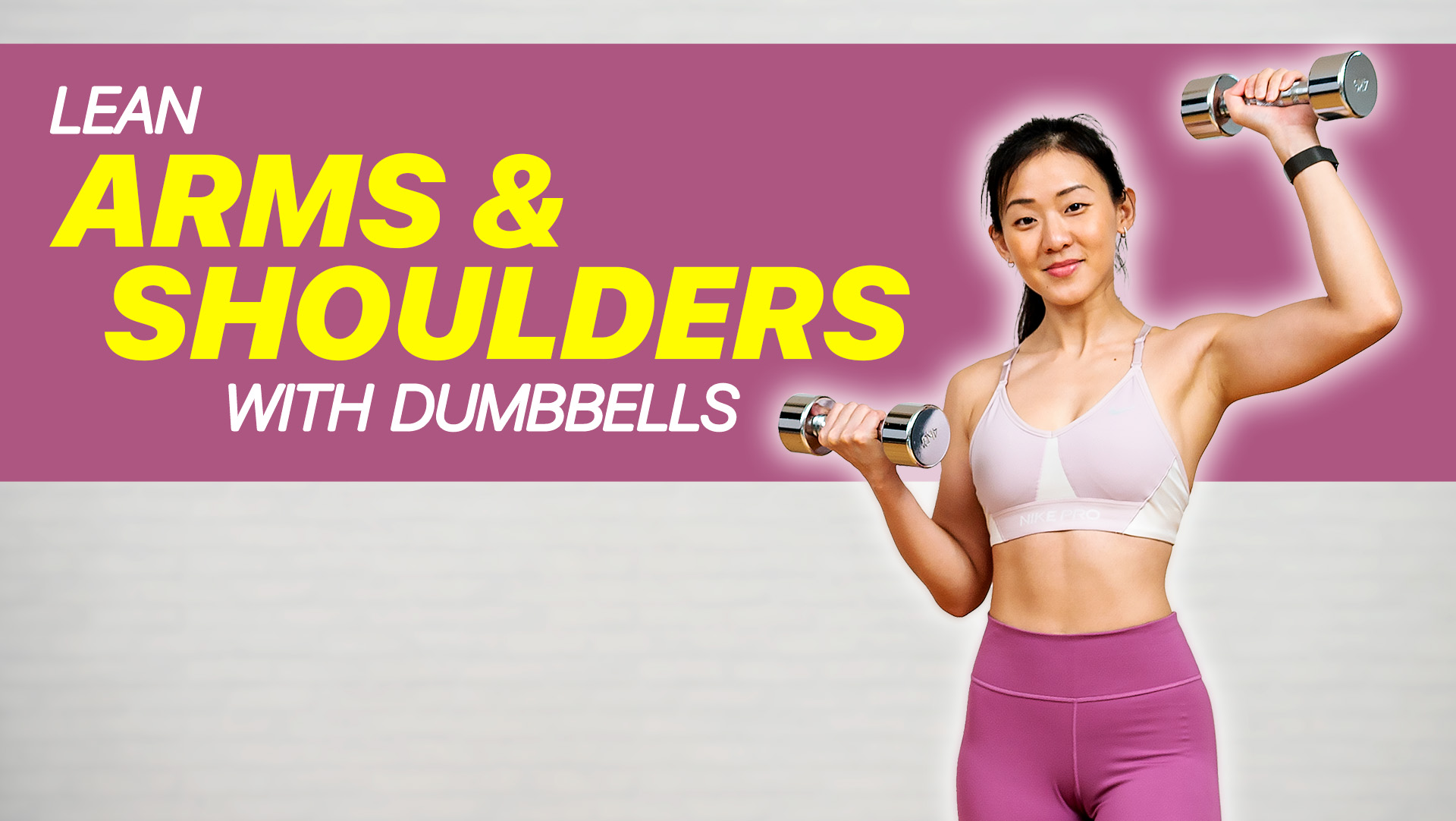Everybody’s body composition is different, hence my daily food portion and macros will never be the same as yours or another person.
WHAT EXACTLY ARE MACROS
Let’s first understand what exactly are Macros? Macronutrients provide energy in the form of calories and make up the three major components of food - carbohydrates, protein and fat.
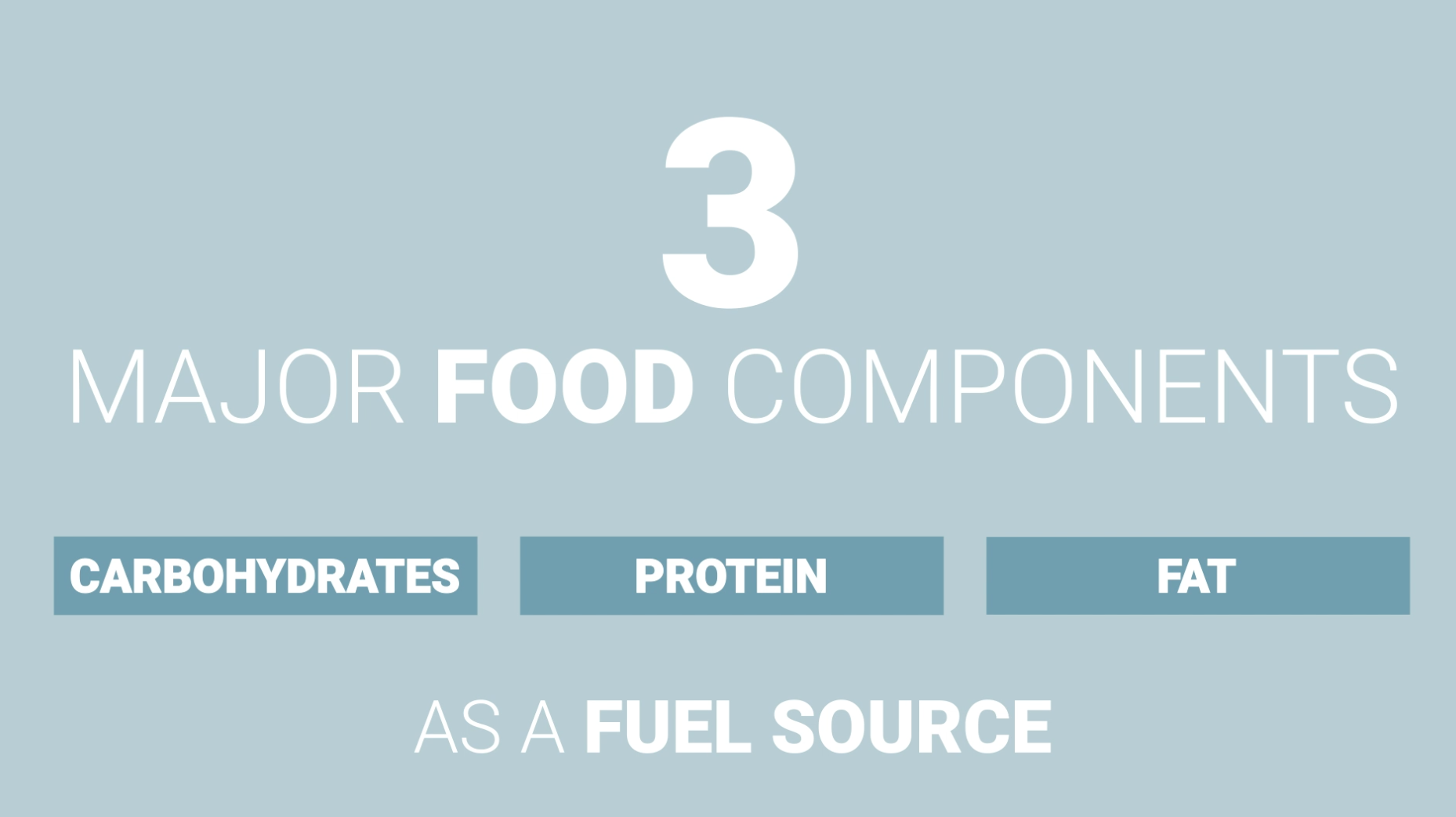
Our bodies use carbs first, followed by fats, and then protein as a fuel source. Consuming the right balance of macronutrients can significantly impact your results, whether it’s fat loss, muscle gain or weight maintenance.
What I want you to do right now is grab a calculator as well as a pen and paper because we are going to figure out how many calories you need in a day as well as your macronutrients breakdown.
CALORIE NEEDS
Let’s first figure out your calorie needs based on your body composition and lifestyle.
We need to determine 2 things:
- Your Resting Energy Expenditure (REE), which is the total calories a person burns at rest, that means doing absolutely nothing.
- Total Daily Energy Expenditure (TDEE) the total calories you burn in a day including the body’s internal and external activities.
Here are the REE formulas for both Men & Women:
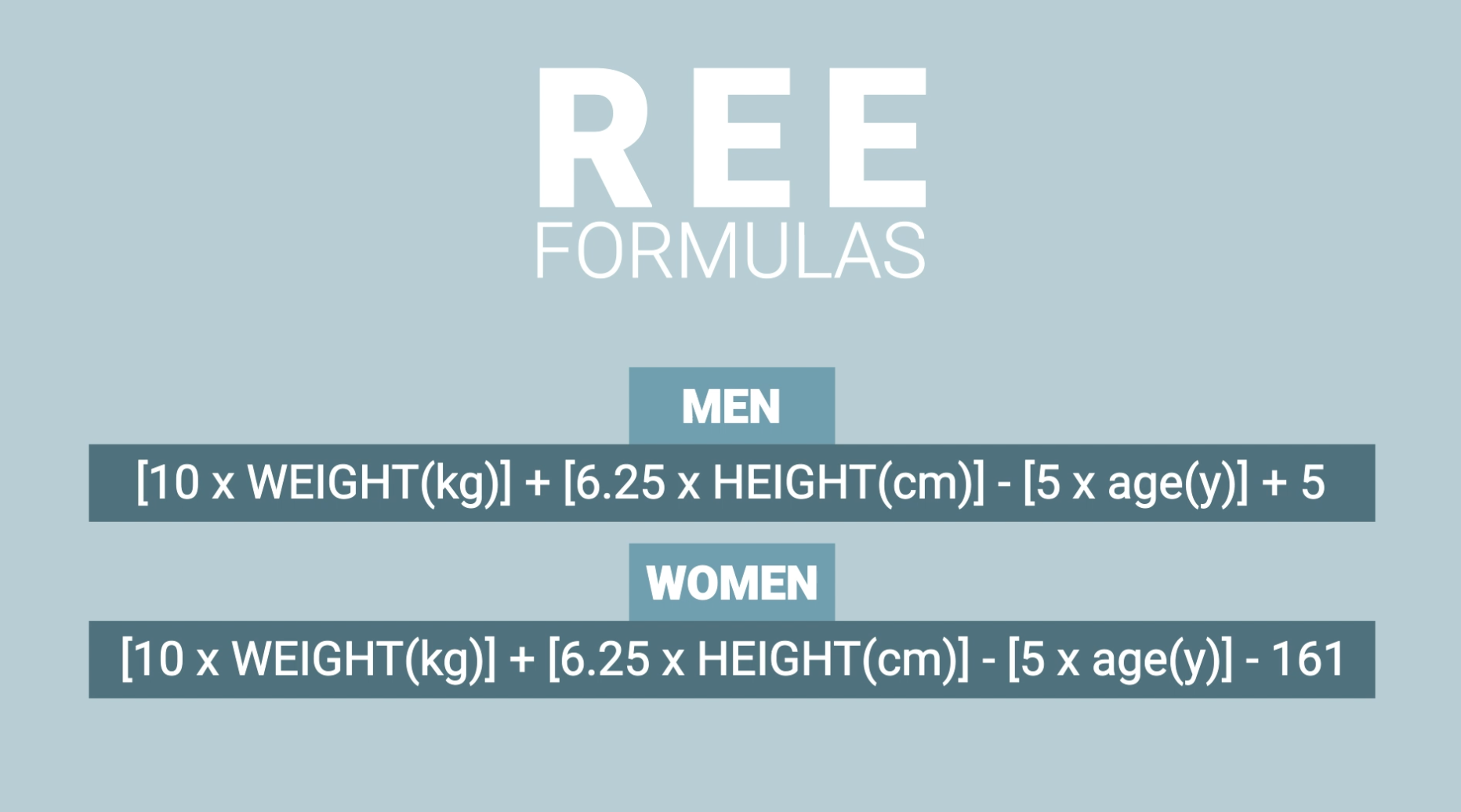
Take mine for example, the calculations will be:
[10 x 50kgs] + [6.25 x 159cm] - [5 x 29] - 161 =
500 + 993.75 - 145 - 161 =
REE 1187.75
Now let’s move on and calculate your Total Daily Energy Expenditure. The formula for this is to take your REE x activity level.
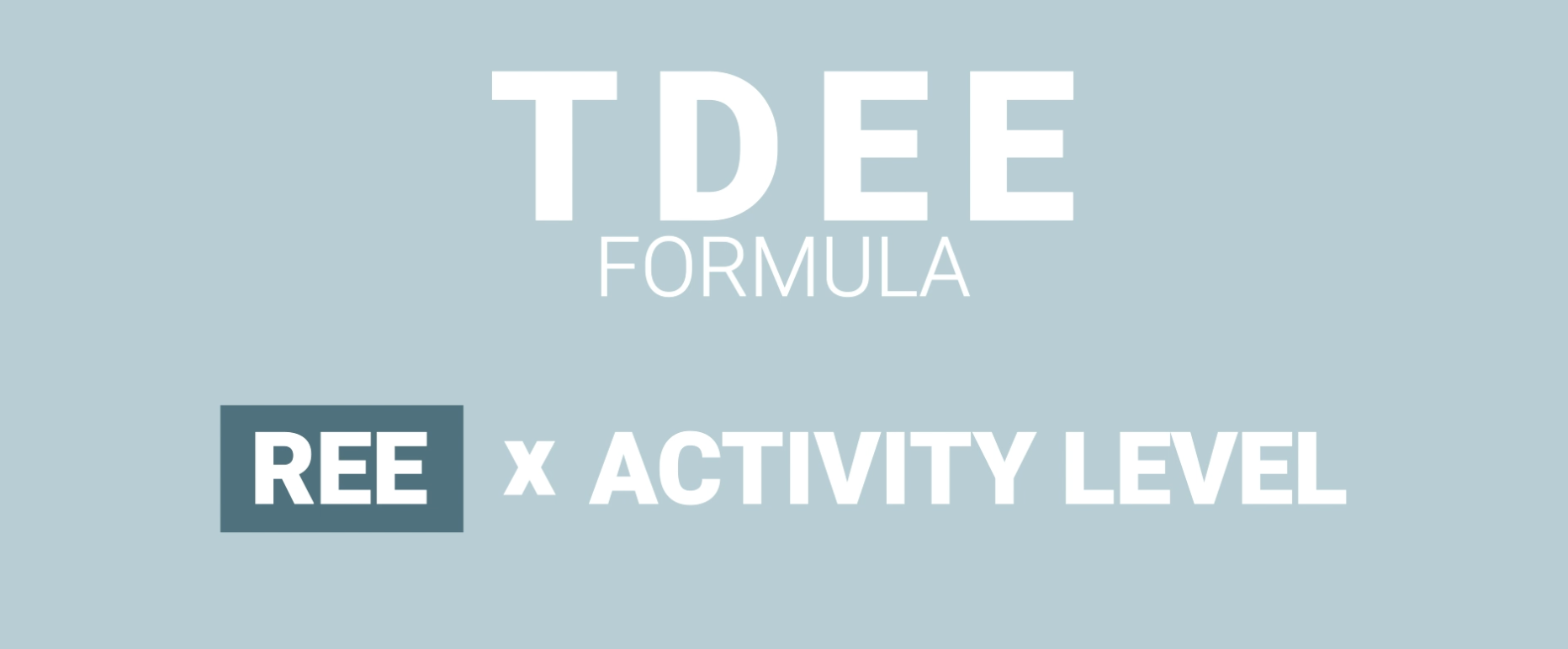
Let’s look at your physical activity:

I’m going to go with Moderately Active
TDEE = 1187.75 x 1.55 = 1841.01 Cals a day.
Calories can either be added or subtracted from your total expenditure in order to reach different goals. For example if your goal is weight loss, then you should consume fewer calories than you expend. You may reduce between 300 - 400 Calories daily. If you are looking to gain muscle mass or increase your weight, then you need to increase your total calories.
DECIDE YOUR MACRONUTRIENTS BREAKDOWN
Depending on what diet you’re following or your goals, your macros will be different. For example if you’re following a balanced diet then the macros will be:
40% carbs - 30% protein - 30% fat
If your goal is to lose excess body fat and have better blood sugar control, you may do better on
30% carbs - 40% protein - 30% fat
If you are currently on a Keto diet, then the ratio would favour fat more, with fewer carbs.
5% carbs - 25% protein - 70% fat
For an endurance athlete, they will need higher carb intake.
50% carbs - 20% protein - 30% fat
Hence, macro ratios vary depending on your dietary preference, fitness goals and activities.
HOW TO CALCULATE YOUR MACROS
Once you’ve decided your ratio, let’s learn to calculate your macros.
For this video, I’m going with a “Healthy Balanced Diet” which is40% carbs - 30% protein - 30% fat .
Now, let’s decide how many meals you intend to have in a day?
I’m going with 3 main meals and 2 snacks
CARBS
Let’s start with CARBS. Carbs include sugars, starches and fibres. They are your grains, beans, lentils, vegetables, fruits and dairy products.

The optimum intake is about 3g of carbs per 1kg of your body weight. If you are on a low carb diet or if you are looking to lose weight, then you can go for 2g.
40% of 1,800 Calories = 720 Calories of carbs per day
Total grams of carb allowance = 720 / 4 = 180g
Keep your main meals to 70% of your total daily intake and the remaining 30% for your snacks.
70% from 180g equals = 126g / 3 meals = 42g of Carbs per meal
30% from 180g equals = 54g / 2 = 27g of Carbs per snack
Just to give you an idea of the carb content in a food:

So a main meal portion can consist of:
1/2 cup Rice (18g) + 1/2 cup Broccoli (5g) + 1/2cup Carrots (6g) + 1/2cup Edamame (7.5g) = 36.5g
A snack can be a Banana (29g)
PROTEIN
Let’s move on to PROTEIN. Similar to carbs, protein provides 4 calories per gram.

The optimum intake is between 1.5g up to 3g per 1kg of your body weight. The calculation depends on your lifestyle and also training intensity.
30% of 1,800 Calories = 540Cals of protein per day
Total grams of protein allowance = 540 / 4Cals = 135g of protein
70% from 135g protein = 94.5g / 3 meals = 31.5g of PROTEIN per meal
30% from 135g protein = 40.5g / 2 snacks = 20.25g of PROTEIN per snack.
These are the Protein content of some common foods:
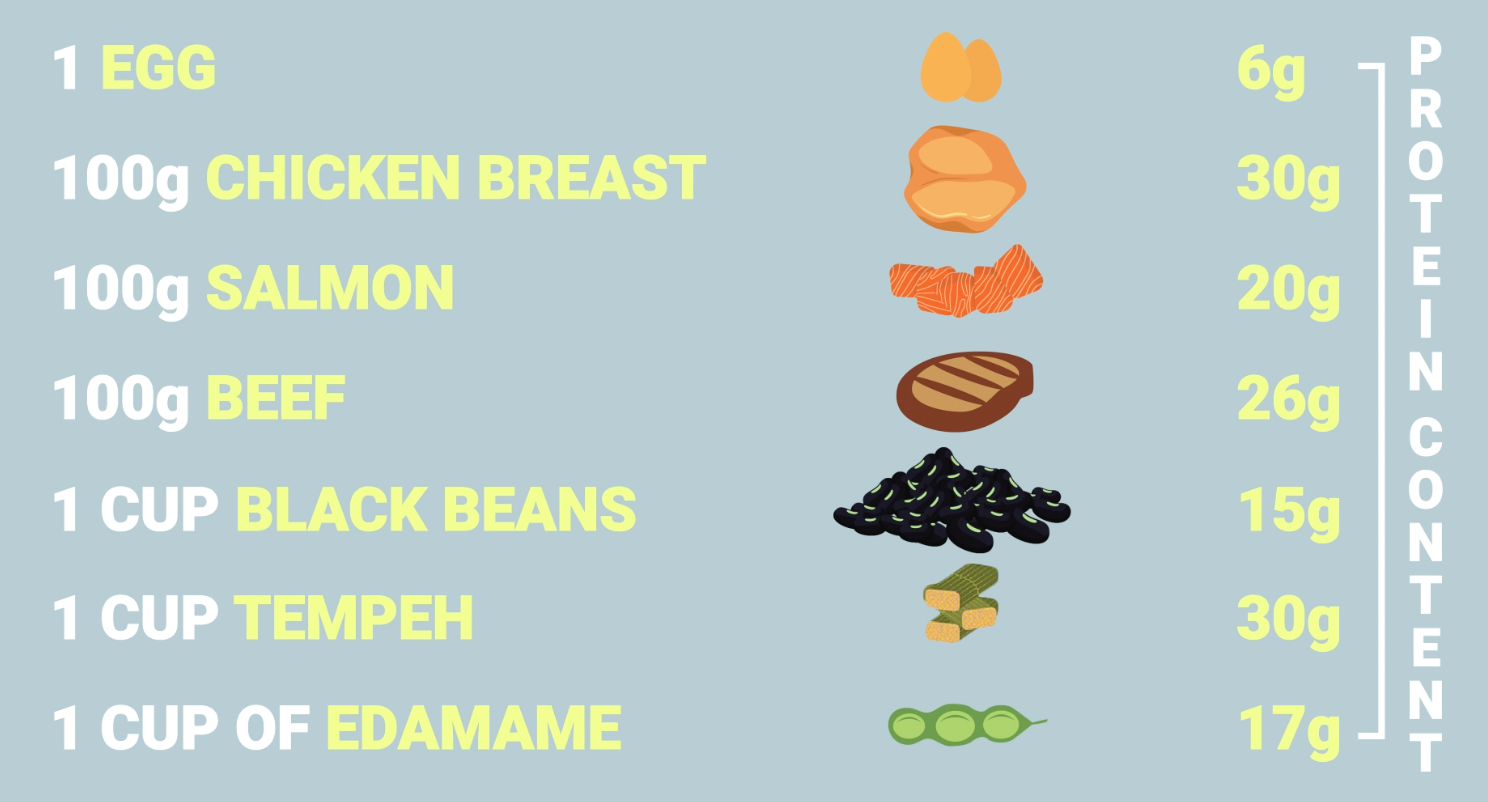
A main meal can be 120g Salmon (24g) + 1/2 cup Edamame (8.5g) = 32.5g Protein
Snack can be a protein shake.
FAT
Finally, FATS. Fats have the most calories of all macronutrients, providing 9 Calories per gram.
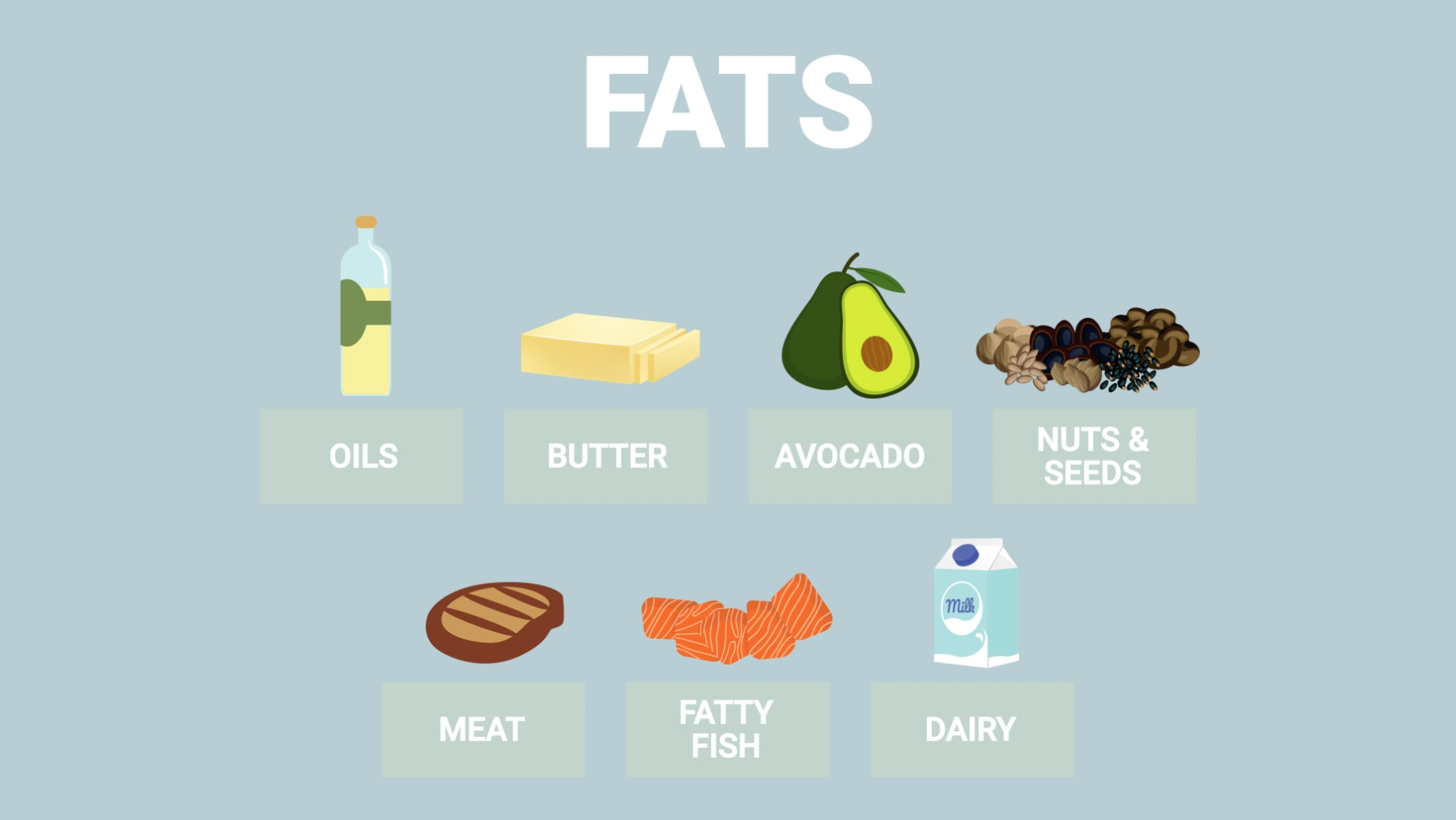
The optimum intake is 1g per 1kg of your body weight.
If you are on a low fat diet, then it’d be 0.5g and high fat would be 2g and up to 2.5g.
30% of 1,800 Calories = 540 Calories of carbs per day
Total grams of FAT allowance = 540 / 9 = 60g
Let’s assume that you don’t include fat into your snacks.
100% from 60g fat = 100g / 3 = 33.3g of FAT per meal
A main meal can be fats from the 120g Salmon (15.6g) + 1/2 tbsp. Olive Oil (7g) + 1/4 Avocado (7.5g) = 30.1g Fat
So my macros breakdown in a day will be 180g Carbs, 135g Protein and 60g Fat and that gives me a total of 1,800 Calories. You don’t have to be extremely precise with the macro count for each meal, because some meal may be bigger than others. But aim to hit your total macros and calories from all your meals in a day.
CONCLUSION
Remember not all calories are equal. Consume more good calories, and you will be healthy, have more energy and achieve your fitness goal quicker. If your diet are filled with bad calories, then it will hinder your weight loss and you will feel sluggish.
Should we be calorie or macro obsessed? NO. It shouldn’t stress you out. I believe that we should learn to count our macros to increase our awareness of the quality and amount of food we are consuming. As a result, this will encourage us to choose healthier, nutrient-dense food to achieve our personal fitness goals.


